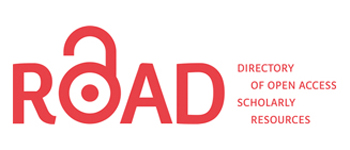FRESHMAN STUDENTS′ ATTITUDES TOWARDS PHYSICAL FITNESS COURSE
Keywords:
Attitude, Freshman University Students’, Physical Fitness.Abstract
The purpose of this study was to explore university students’ attitudes towards the new physical fitness course in relation to four physical fitness variables including attitude difference in terms of sex. A total of 115 freshman students 75 male & 40 female (mean age = 18.14 ± 0.21) from Addis Ababa university were participated in this study, among these students, 15 of them were also interviewed. Quantitative and qualitative methodologies were employed in this study. Data were collected using Likert scale and interview. To determine male and female students’ attitude independent t-test was used. The quantitative data were analysed using SPSS 16, while interview was analysed qualitatively. In this study students attitude was assessed by using Physical Education Activity Attitude Scale (PEAAS) originally developed by Subramanian & Silverman, (2000) and adopted into the current study situation. Main findings of this study were that students had generally positive attitudes towards physical fitness subject, however; complaint was also reported since the module lack any ball games. Regarding to instructors’ competency except one fourth of the students a positive attitude was reported. Varied results were obtained in availability of sport facilities and equipment. Fortunately, all student do not acknowledge theoretical written test or exam. Unlike to the usual A, B. C. grade system, students preferred P and F grading system. The independent t-test showed that no significant differences (p > 0.05) were found in attitudes between the two sexes. In conclusion, students’ attitudes towards physical fitness variables seems unlike and this is a case study conducted at one university with small group of students only, thus, further studies are recommended with a more representative samples at different universities, including instructors as a study subjects.
Downloads
Downloads
Published
How to Cite
Issue
Section
License

This work is licensed under a Creative Commons Attribution-NonCommercial-NoDerivatives 4.0 International License.






